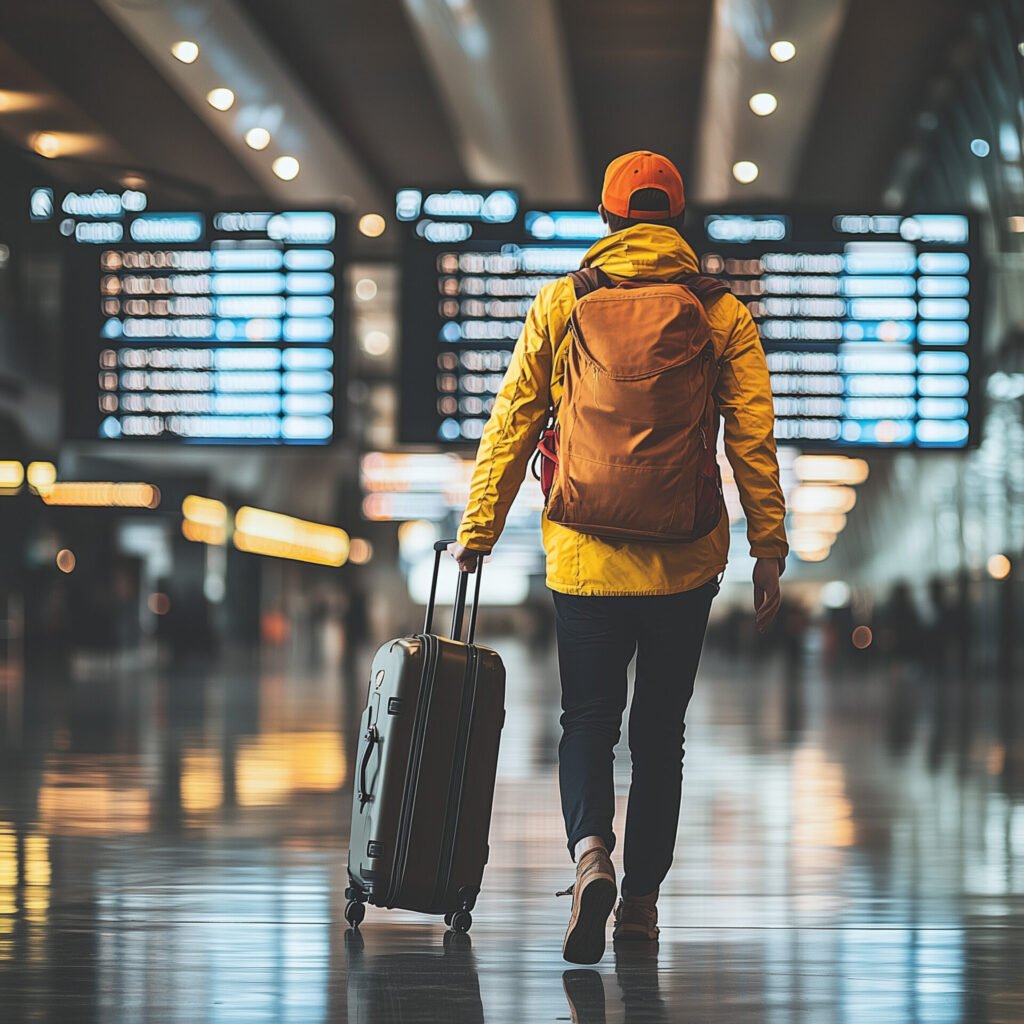How I Fly

I fly a fair amount – both for business and for pleasure, domestically (in the US) and internationally. This document outlines some “best practices” which I found working well for me. I am a frugal value-seeking traveller – I do not pay for “Business Class” unless it is some very cheap last-minute paid upgrade, though I get upgraded because of my airline status sometimes.
- Stops are risky (of missed connections) and waste time, so fly direct or minimize the number of stops, even if it is slightly more expensive
- For pricing, I look at the cost of the ticket and the difference between the preferred airline and the cheapest ticket available now. For me, if it costs below $400 to fly domestically and $1000 for an International ticket, I just buy my preferred Airline (Delta or other SkyTeam airlines) if it is more expensive than that I’m OK with roughly 30% premium for the most convenient ticket.
- Having chosen an airline (Delta in my case) is a good idea – as you earn airline status you get some perks, most important of which for me is quick access to the human in case something goes wrong with the travel. In the past, I’ve wasted so much time waiting on the phone or trying to chat with airlines to rebook my travel or deal with other issues… and still do flying with airlines where I have no status. But even besides that sticking to the same Airlines means you get to know its route network better and know how to navigate connection airports easily, saving time and energy
- Access to Clubs can make travel much more pleasant and also save on airport food, especially travelling internationally as clubs outside of the US tend to have better food options. I get access to a lot of SkyTeam clubs through Delta Status (though it can be confusing which exactly) and have a Priority Pass through my credit card.
- Travel Early. I prefer to take the first flight even if it requires a very early start. These flights tend to have fewer delays and cancellations… and if something goes wrong there is a whole day ahead of you to be rebooked.
- Avoid Redeye. I do not sleep well on the plane and will be quite grumpy if I did not sleep the night before. It is pretty impossible going to Europe or Asia though and Jetlag will make me miserable for a while anyway.
- Arrive in the US at my local RDU Airport. While this is not always possible, it is awesome – passport control in RDU is a breeze.
- Know your connecting airports – I like Atlanta (ATL) and hate layovers in JFK as a personal preference. Know the connection time actually needed, especially if security check and passport control are required – I’ve seen airlines suggesting itineraries which would be so tight even a minor delay means you’re missing a connection.
- Look for connecting airports with multiple daily flights when possible, so if you’re late you’re likely rebooked on a later flight instead of needing to wait another day or add a stop.
- Check weather in connecting airports – if there is a high risk of a storm or hurricane you may be better off changing your flight through a different airport before official notice and a mad rush of people trying to make changes. This is especially great if there are no change fees.
- Fly with carry-on only. I am always on the lookout for a maximum-size suitcase and backpack which I can get away with. Checked baggage can get lost, you waste time waiting for it and it also limits your flexibility to adjust your flight if you’re on the way.
- Have a plan if WiFi does not work. Unfortunately, the availability and reliability of this service have a lot to be desired
- Watch inbound flights – this works especially well in the US with services like FlightAware – in so many cases I can see inbound flights being delayed and make alternative arrangements before flight delay is officially announced
- Choose seats in advance. Otherwise, you might be assigned quite a poor one. Here are a few tips:
○ Choose seats closer to the front, this can save 10+min, which can be important especially if connection time is tight
○ Emergency Row seats and Front row seats can be awesome, some have just an insane amount of legroom, though a fixed seat divider might be a liability if you happen to have an empty row.
○ On long flights checking seat-map during check-in can help you to spot where empty seats are likely and move there
○ If travelling with a companion taking window and aisle seats increases the chance no one will be travelling in the row with you… and if you get someone on that seat you can usually offer them an aisle seat and sit together.
While many flights these days have virtually no penalty for booking one way, some flights between the US and Europe may cost more one way than return. This does not make sense but this is how it is. In such cases, I book a return and when to cancel the return portion of the ticket for flight credit
Hope you find some of those tips helpful!

